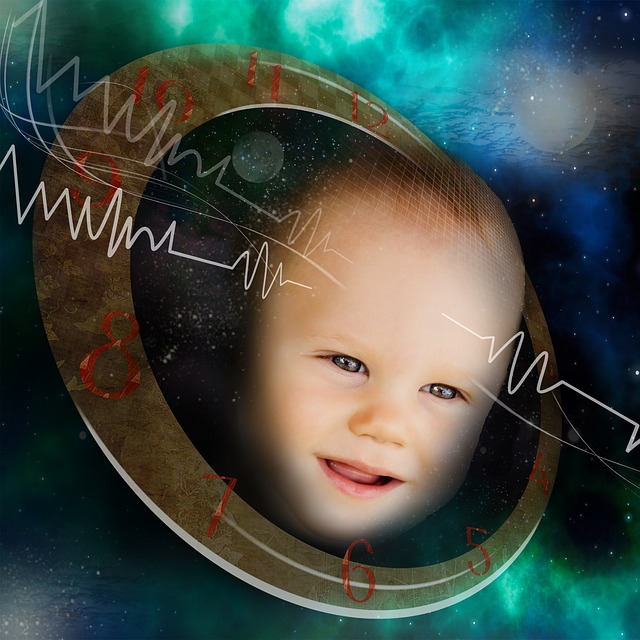

Anyone who stops learning is old, whether this happens at twenty or eighty. Anyone who keeps on learning not only remains young but becomes constantly more valuable regardless of physical capacity.
– Harvey Ullman
The environment is not often thought about when planning study sessions. I am not talking global warming here! I am writing about your study area. Did you know that outside influences impact can impact on your study sessions more than you think! From the distractions of technology to the lighting used and even the temperature of the room you are in? This post looks at the 3 most common environmental distractions…
Recent studies have shown that students that are exposed to a comfortable room temperature in classrooms outperform students who have been in conditions that are either too hot or too cold. This highlights the importance of environmental factors when learning new things. The studies have shown that the perfect temperature for learning is 22 degrees Celsius. Students who learn at this temperature are better able to focus.
A temperature of 26 degrees Celsius + or under 17degrees Celsius has a significant impact on one’s learning ability! Under heat conditions, the human brain sends signals for the body to either cool down or warm up. This then becomes the focus of the body – if you are aware of it or not. High temperatures can make people irritable and grumpy leading to a negative impact on studying.

Biorhythms reveal the times of day when a student can perform at their best. Our biorhythms are also impacted by light. So you may find you are more focused during daylight hours, although we are all different and some people are more night owls when it comes to studying. We also get B12 from sunlight. A deficiency in this area causes symptoms of fatigue, headaches and poor memory. On nice days why not study languages outside. On the other hand, you may feel you learn better in dim light, however, poor lighting can cause eye strain and headaches.
The technology we use can aid in study sessions, but if we are not careful they can also become our biggest distractions. The best thing is to close all tabs and just focus on one resource for about 20 minutes, take a short break then focus on another resource for about 20 minutes. Focusing for chunks of 20 minutes is known as the Pomodoro technique.
We are sensory beings and if our senses are stimulated by external things outside of our study area are attention will shift. Even if you try to bring it back the focus may not be as intense as it was. For example, the smell of dinner will snap us out of study mode and the focus will become food. With this in mind please consider what sensory stimulus could be distracting for you and plan your study sessions or area around this.
So hopefully you are now aware that your study environment is just as important as the study materials that you use! Post on the Facebook page what your biggest environmental distraction is when studying.